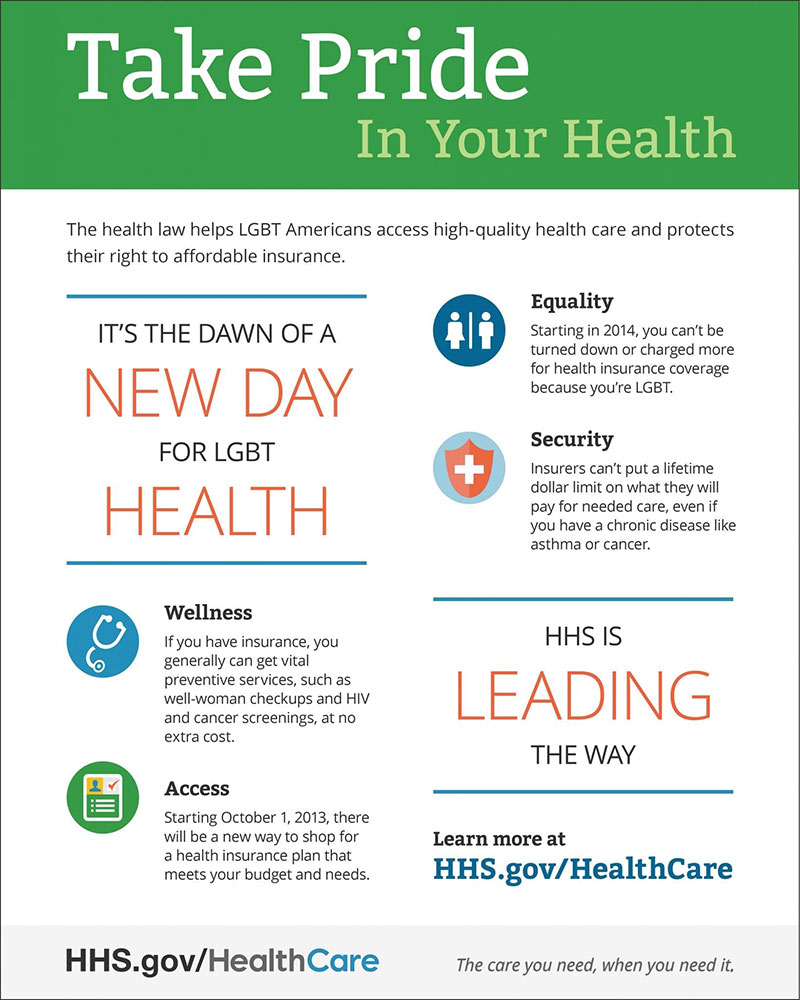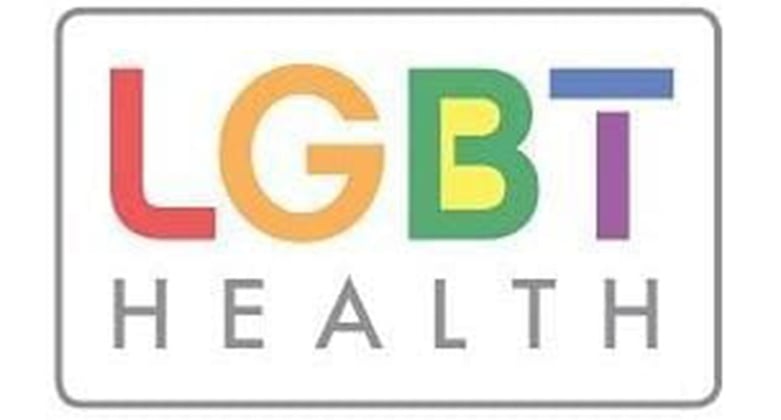EDITOR’S NOTE: Recently, the Lesbian/Gay/Bisexual/Transgender (LGBT) community in the USA has made tremendous progress, particularly with President Obama getting rid of the discriminatory “Don’t Ask, Don’t Tell” policy in the U.S. military and the U.S. Supreme Court throwing out the Defense of Marriage Act (DOMA) last summer, paving the way for same-sex marriage in many states. The next step for LGBT equality is health care. Doctors should treat all patients with respect and dignity, and need to understand the unique problems LGBT patients face.
One of the foundations of education is tolerance and enlightenment. Students at American and Caribbean medical schools need to put any personal or religious beliefs aside when treating LGBT patients. The U.S government’s Department of Health and Human Services and many top American medical schools now have special programs for LGBT health. The AAMC Reporter wrote in an LGBT health article in April that many U.S. teaching hospitals have specific LGBT health-care programs, and University of Pennsylvania Health System is taking things a step further to go beyond clinical care and tackling “issues surrounding institutional climate, medical education, research, and community outreach. Physicians, nurses, and support staff throughout the institution are receiving cultural sensitivity training."
Eve Glicksman wrote in the AAMC Reporter article, “Passage of the Affordable Care Act (ACA) is drawing greater attention to how health policy may contribute to poorer health outcomes in the LGBT community. While the ACA does not explicitly call for LGBT programs and services, carefully worded clauses attempt to eliminate all health care barriers and discrimination against Americans who have gotten the medical short shrift because of their sexual orientation or gender identity.”
A 2011 survey of medical school deans in the USA and Canada in the Journal of the American Medical Association “found that students get only five hours of LGBT-related training over the course of four years of medical school,” Ms. Glicksman wrote. This is alarming, considering the large LGBT populations in major U.S. and Canadian cities.
In honor of LGBT Pride month in June, the UMHS Pulse devotes our Doctors and Diversity series to the medical needs of this often misunderstood part of society.
For our first installment, we’re republishing a recent post by UMHS student Jasmine Rivas from her blog “My Route to Becoming an M.D.," plus a checklist of issues she believes medical students and doctors need to be aware of when treating LGBT patients.
LGBT Health
By Jasmine Rivas
That title makes the acronym "LGBT" sound like a disease. However, the truth is, LGBT people do get diseases, they get sick, they get worried about their health, and have concerns and doubts--just like people who lead heterosexual or asexual lives. We are all human and we all seek the opinion and advice of medical professionals when our well-being is concerned.
So what is the problem?
The problem is that the majority of LGBT people, especially youth, are too apprehensive to be honest, or even worse, aren’t being asked the right questions during a doctor’s visit. Just today, during my first ICM lab, we were taught how to complete a full patient history. We were reminded of the importance of asking the right questions, being thorough and complete.
Medical students come from all backgrounds, both ethnic and religious. Despite what the student’s personal beliefs or opinions are, the reality is, they will work with LGBT patients. The primary issue ensues when the physician fails to ask the right questions, correctly. The saying, “it’s not what you say, but how you say it”, holds true here. Questions like, "have you ever had sex?" and "do you practice safe sex?', are not likely to be answered honestly by a concerned patient who already feels judged by society. Questions such as, “How often do you have sex with men or women/”, and, “what kinds of safety measures do you take to avoid contracting or spreading STIs [sexually transmitted infections]? ” are key. A physician should never assume a patient only has sex with the opposite gender.
As more and more LGBT people come to accept and embrace their sexuality, doctors will need to be educated on LGBT health. The ethical and humane approach to treating patients, without judgment, however, is crucial. If a patient does not feel comfortable speaking to his/her doctor, important questions might not be answered; and even worse, compliance with the prescribed treatment plan could be adversely affected.
Student Doctor Jasmine Rivas’ Checklist for Doctors & Medical Students Treating LGBT Patients
- First and foremost, remain non-judgmental during each patient visit.
- If a patient confides in you with personal information, do not share it.
- Not all LGBT patients have “come out” or are emotionally ready to do so.
- Have mental health therapist referrals available.
- Ask questions to ensure the patient is not depressed to the point of hurting themselves or others.
- Take the time to self-educate on the topic of "coming out" and know how to guide and advise pediatric patients and their families (as well as adult patients).
- Put aside personal or religious beliefs and maintain a professional and compassionate demeanor throughout the visit.
- Be sensitive, but thorough, when asking if the patient practices safe sex.
- Describe the various “modes of sex”.
- “Sex” means different things to different people.
- Encourage all patients to practice safe sex by reviewing potential risks that could be avoided.
- Persuade all sexually active patients to learn their HIV status and get tested; as well as STIs in general.
- Gain knowledge of the problem of substance abuse and alcoholism in the LGBT community, and know when to refer a patient for counseling/rehab.
- Know of, and explain, the current health risks for lesbian/bisexual women (higher rates of cervical and ovarian cancer), and gay/bisexual men (higher risk for Hepatitis A, Hepatitus B, HIV and meningitis) and the vaccines available.
- Include the option for transgender, next to male or female, in patient information forms.
- When a patient checks transgender, on a first-time visit form, know how to address the patient, treat the patient, and to which specialist to refer the patient, if needed.
- Provide proper reproductive-medicine specialist referrals for LGBT couples interested in having children.
Web Resources for LGBT Health
U.S. Department of Health and Human Services LGBT Health

Infographic: HHS.gov
About UMHS:
Built in the tradition of the best US universities, the University of Medicine and Health Sciencesfocuses on individual student attention, maintaining small class sizes and recruiting high-quality faculty. We call this unique approach, “personalized medical education,” and it’s what has led to our unprecedented 96% student retention rate, and outstanding residency placements across the US and Canada. UMHS is challenging everything you thought you knew about Caribbean medical schools.

Scott is Director of Digital Content & Alumni Communications Liaison at UMHS and editor of the UMHS Endeavour blog. When he's not writing about UMHS students, faculty, events, public health, alumni and UMHS research, he writes and edits Broadway theater reviews for a website he publishes in New York City, StageZine.com.















